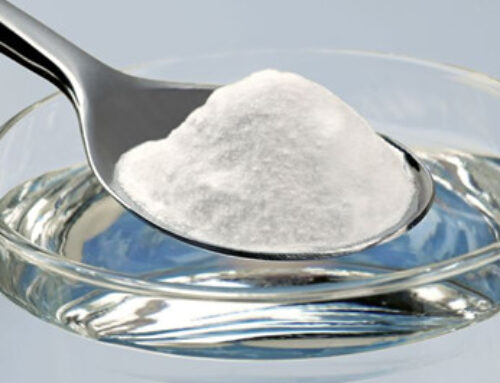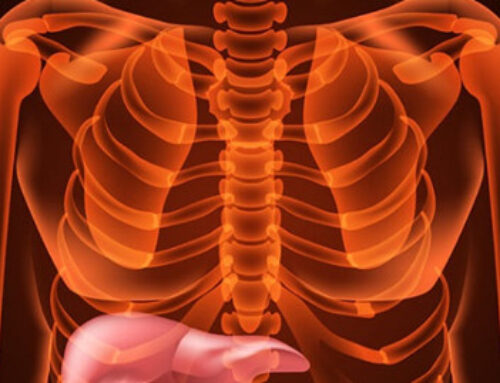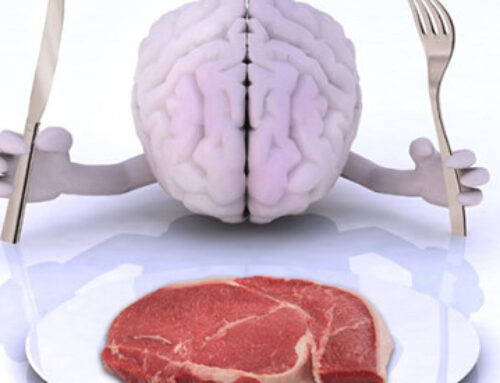Both food allergies and food sensitivities can cause big problems but the differences between the two are complicated. In this article I explain the importance of recognizing and addressing food sensitivities, which can lead to a healthy recovery.
In my practice, I see plenty of people who deal with food allergies but I see many more who live with debilitating food sensitivities, often without realizing this is the root of their health problems. Food sensitivities are not commonly considered by mainstream medicine but they contribute to many of the health problems that people are trying to resolve. True food allergies are rare but food sensitivities are common and both are on the rise.
Food allergies are typically easy to pinpoint. If a person comes in contact with or consumes something that causes a reaction, it can be easily deduced. A rash appears, or swelling, and sometimes the reaction can be life-threatening anaphylaxis. Peanuts, shellfish and strawberries are well-known foods that can cause life-threatening reactions in sensitive individuals.
We know that food allergies can be life-threatening, but how dangerous are food sensitivities? Food sensitivities can be very dangerous but not in an acute way. When a person consumes something they have a sensitivity or intolerance to, it can take hours or even days for the reaction to show up and by then it is difficult to make the connection between a food and the symptoms. The reaction can manifest as a headache, rash, constipation or diarrhea, inability to lose weight, infertility, migraines, insomnia, muscle pain, systemic inflammation, depression, cognitive decline or autoimmune diseases like hypothyroidism. These health problems can be an indication of other disorders. Great confusion exists in this area because many people cannot figure out what is happening with their health and chalk up their nebulous health problems to the ageing process. The process of sorting out food sensitivities from other health issues becomes overwhelming, even if food sensitivities are suspected.
Though food sensitivities can cause a myriad of symptoms, the issue I am most concerned about is the inflammation you don’t know you have: deadly silent inflammation. When the body’s chemistry is not in line with the food a person is eating and it becomes a problem, the immune system reacts like it would if it were targeting a bacteria or virus. This causes various metabolic systems in the body to malfunction and a cascade of malfunctions follow, inflammation being one of them. The reaction depends on how your immune system sees the situation. Our immune system produces white blood cells. Most (80%) of our immune system is in our gut. The white blood cells know exactly what to do when a problematic bacteria, parasite or virus gets into our body: our body produces antibiotic fighter cells to attack and neutralize the unwelcome invader. With food, instead of a germ, naturally-occurring or synthetic proteins or chemicals trigger a reaction when an individual eats a food that is not biologically agreeable with them. Problem proteins in the food cause the white blood cells to react. The wall of the white blood cell breaks down, allowing potent chemicals to be released. These chemicals attack the perceived threat. When the offending food is consumed regularly, these chemicals are constantly released from the white blood cell and because they are innately inflammatory, they cause enormous damage to the body’s tissues.
Wheat is a good example of this inflammatory process. Wheat is so common in American cuisine and many people have a known or unknown sensitivity to it. Cereal or toast for breakfast, sandwich for lunch, pasta and garlic bread for dinner…the body never gets a break from the wheat antigen, which is constantly creating inflammation and damaging our tissues. The amount of wheat does not matter; once your immune system has tagged a food protein as an enemy, the smallest amount of it will cause an inflammatory response. In the case of Hashimoto’s Thyroiditis (hypothyroidism), wheat protein can cause confusion in our immune system. The protein is similar enough to the protein in the thyroid that as white blood cells are attacking the wheat protein, cells in the thyroid are being attacked as well. This is called molecular mimicry. I call it collateral damage.
The inflammatory process begins when undigested food proteins enter the bloodstream through a damaged intestinal wall. There are many ways the intestinal wall can become damaged. Over-use of antibiotics or anti-inflammatory drugs, over-consumption of junk foods, other medications, even tap water with chlorine and fluoride can damage the wall of the intestine. And food sensitivities can cause the wall of the intestine to become even more ravaged. The lining of the small intestine is only one cell thick, which makes it very susceptible to damage. Inflammation can easily cause breaches or holes in the lining, allowing undigested particles of food in the form of proteins to pass into the blood stream. This triggers an immune response and the white blood cells attack.
The constant consumption of foods that are not in line with an individual’s unique chemistry need to be identified and removed from the diet. Healing will only begin when the intolerant foods are removed. Although there are detractors who don’t agree with blood testing for food sensitivities, there are plenty of people who have had excellent results removing foods from their diet after food sensitivity testing. In many cases, lifelong health problem disappear. It certainly can’t hurt to temporarily remove problematic foods. I would much rather eliminate certain foods from my diet than take unnecessary medications for symptoms that are caused by food intolerance, and deal with the side effects of those drugs. You can order a food sensitivity test online or through your health practitioner.
An elimination diet will also tell you which foods you are sensitive to. There are many types of elimination diets and it is best to work with an experienced practitioner for this process because it can be confusing and overwhelming without guidance. You will remove foods from your diet that are known to cause reactions for a period of time and then add them back one by one. This will allow you to discern which foods you are sensitive to when a reaction (headache, diarrhea, skin rash, etc.) occurs. Elimination diets are just as effective as a food sensitivity lab test but I prefer the blood test, as I’m far too impatient.
It is hard to believe that the foods we have always considered to be healthy and delicious can be causing sickness and chronic disease. Getting to the bottom of food sensitivities, removing the foods that are causing the problem, and healing the intestine and the body will lead to whole-body rejuvenation.
Also see my articles: Wheat’s Role with Inflammation, and Four Reasons we have Inflammation.










